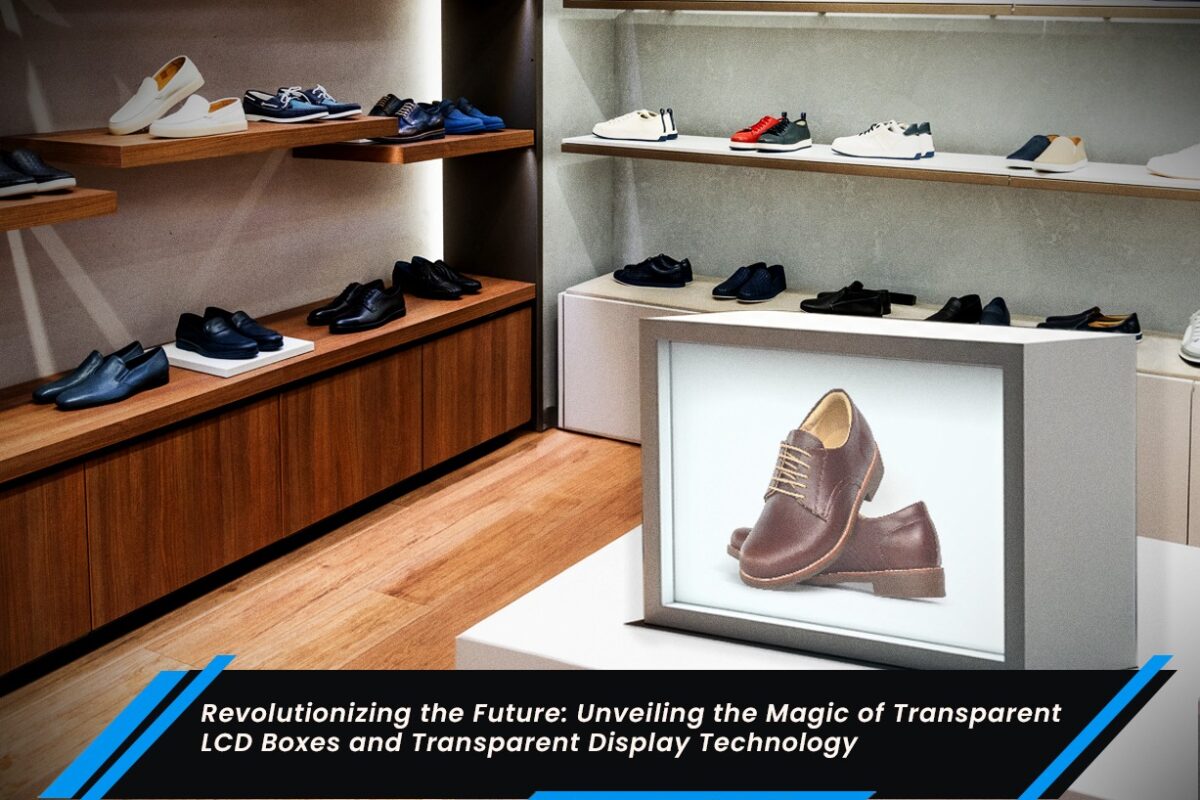In the era of digital communication, the integration of cutting-edge technologies continually transforms how we interact with content. Among these innovations, 3D holographic boxes and hologram displays stand out as captivating mediums that redefine the way information is presented and consumed. In this blog post, we’ll explore the potentials, applications, and impact of these technologies on the field of blogging, ushering in a new era of immersive content experiences.
Understanding 3D Holographic Boxes and Hologram Displays
Before delving into their application in blogging, it’s essential to grasp the fundamentals of 3D holographic boxes and hologram displays. A 3D holographic box is a specialized device capable of projecting three-dimensional holographic images or videos into physical space, creating an illusion of depth and dimensionality without the need for additional eyewear. On the other hand, 3D hologram boxes utilize similar principles but can project holographic content onto transparent screens or surfaces, enabling viewers to see virtual objects seemingly integrated into their environment.
Applications of 3D Holographic Boxes and Hologram Displays
The applications of 3D holographic boxes and hologram displays span various industries, including entertainment, education, marketing, and healthcare. In entertainment, these technologies offer immersive experiences for viewers, allowing them to interact with virtual characters or scenes in real-time. Similarly, in education, holographic displays can revolutionize traditional learning methods by presenting complex concepts in a visually engaging manner, enhancing comprehension and retention.
Moreover, in marketing, 3D holographic boxes enable brands to create memorable and impactful advertising campaigns, captivating audiences with dynamic holographic content. By leveraging 3D hologram boxes, marketers can showcase products or services in a unique and attention-grabbing way, driving customer engagement and brand recognition. Additionally, in healthcare, these technologies hold promise for medical training, patient education, and even surgical assistance, providing healthcare professionals with realistic simulations and visualizations.
Integration into Automotive Industry: Enhancing Content Engagement
In the automotive industry, design and development are crucial stages that set the foundation for the entire manufacturing process. Traditional methods rely heavily on physical prototypes, which can be time-consuming and costly to produce. However, with the introduction of 3D holographic boxes, designers and engineers now have a more efficient and immersive way to visualize their concepts.
3D holographic boxes allow design teams to create and manipulate virtual models of vehicles with unprecedented realism and detail. By projecting holographic images in a three-dimensional space, designers can examine every aspect of a vehicle’s design from all angles, facilitating better decision-making and collaboration. This immersive experience enables teams to identify potential issues early in the design process, ultimately leading to faster iterations and improved final designs.
In addition to enhancing design processes, 3D holographic boxes are revolutionizing manufacturing operations within the automotive industry. Traditional manufacturing workflows often involve complex machinery and manual processes, leading to inefficiencies and production delays. However, with the integration of 3D holographic technology, manufacturers can streamline their processes and improve overall efficiency.
Automotive showrooms and dealerships are increasingly incorporating 3D holographic displays to showcase their vehicles in a dynamic and interactive manner. Instead of relying solely on physical models, dealerships can project lifelike holograms of vehicles onto 3D holographic boxes, allowing customers to explore different models, features, and customization options in unprecedented detail. This immersive showroom experience not only enhances the perceived value of the vehicles but also fosters a deeper connection with the brand.
Challenges and Considerations
While the potential benefits of integrating 3D holographic boxes and hologram displays into blogging are clear, there are also challenges and considerations to address. Firstly, the cost of these technologies may be prohibitive for some content creators, especially those operating on a limited budget. Additionally, creating high-quality holographic content requires specialized skills and resources, which may pose barriers for aspiring bloggers.
Moreover, the accessibility of holographic experiences remains a concern, as not all readers may have access to compatible devices or sufficient bandwidth to render holographic content seamlessly. Ensuring that blogs remain accessible to all audiences, regardless of their technological capabilities, is crucial for inclusive content creation.
Future Outlook and Conclusion
Despite these challenges, the integration of 3D holographic boxes and hologram displays into blogging holds immense promise for the future of digital content. As technology continues to advance and become more accessible, we can expect to see an increasing number of bloggers experimenting with holographic storytelling and immersive experiences.
Conclusion
In conclusion, 3D holographic boxes and hologram displays represent revolutionary tools that have the potential to transform the way we engage with content online. By harnessing the power of holographic technologies, bloggers can create captivating, interactive, and memorable experiences for their readers, ushering in a new era of immersive storytelling in the digital age. As we embrace these innovations, the boundaries of what is possible in the world of blogging will continue to expand, offering limitless opportunities for creativity and expression.


